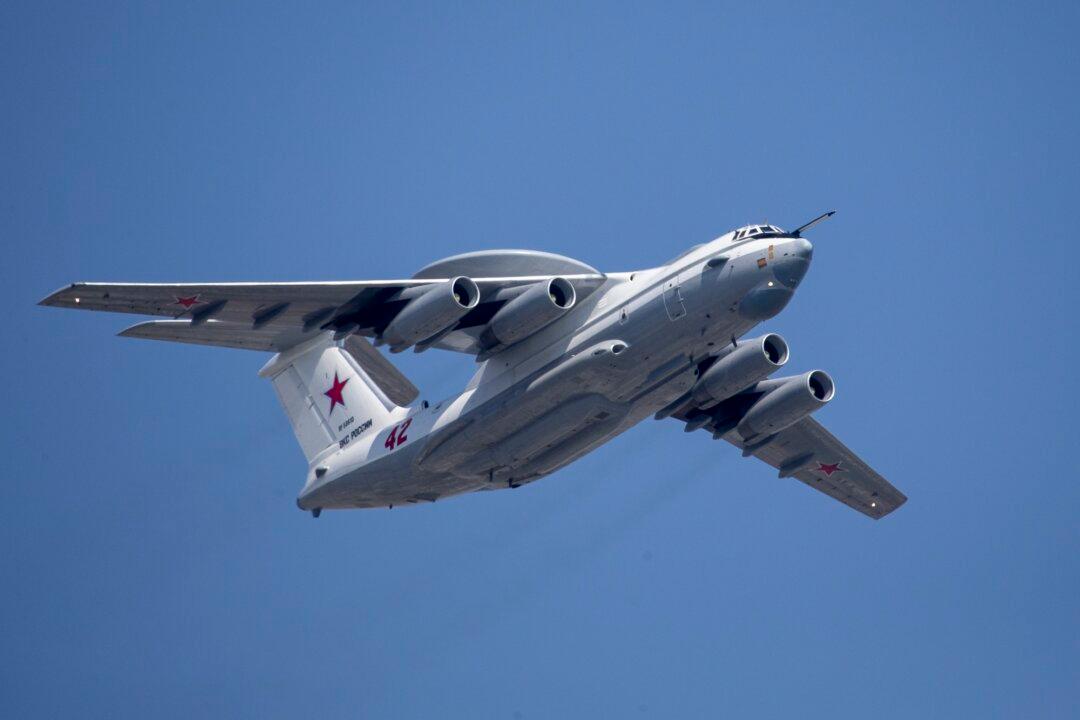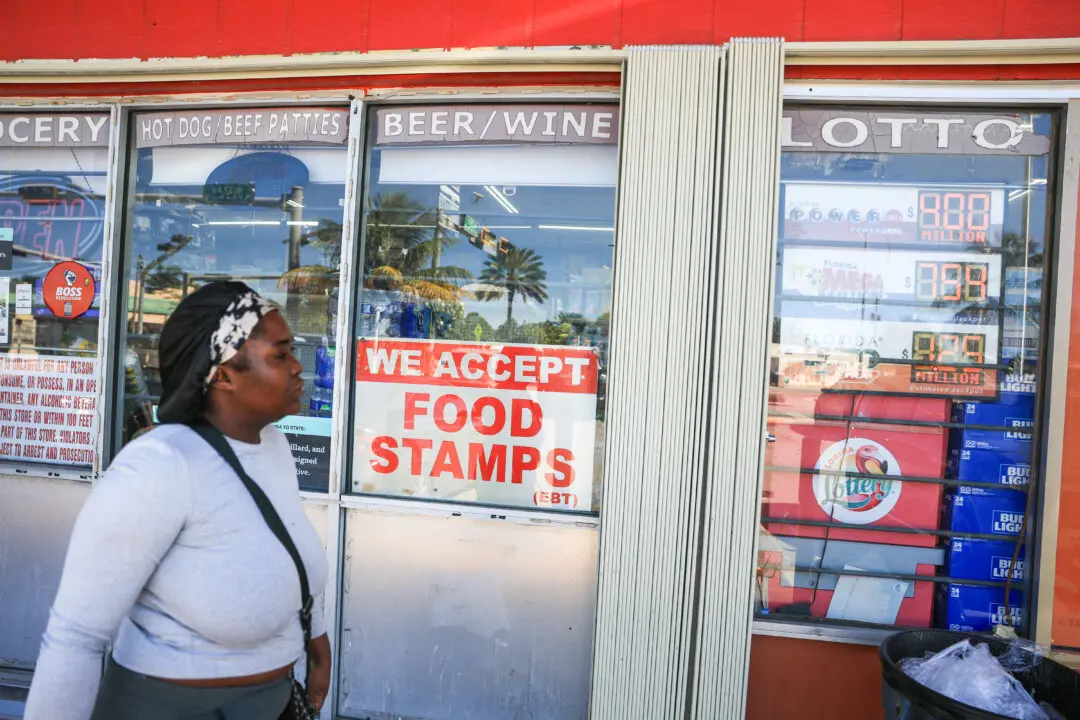South Korea air force jets fired 360 rounds of warning shots on July 23 after a Russian military plane twice violated South Korea’s airspace off the country’s east coast, Seoul officials said.
South Korea said three Russian military planes—two Tu-95 bombers and one A-50 airborne early warning and control aircraft—entered the South’s air defense identification zone off its east coast before the A-50 intruded in South Korean airspace.





